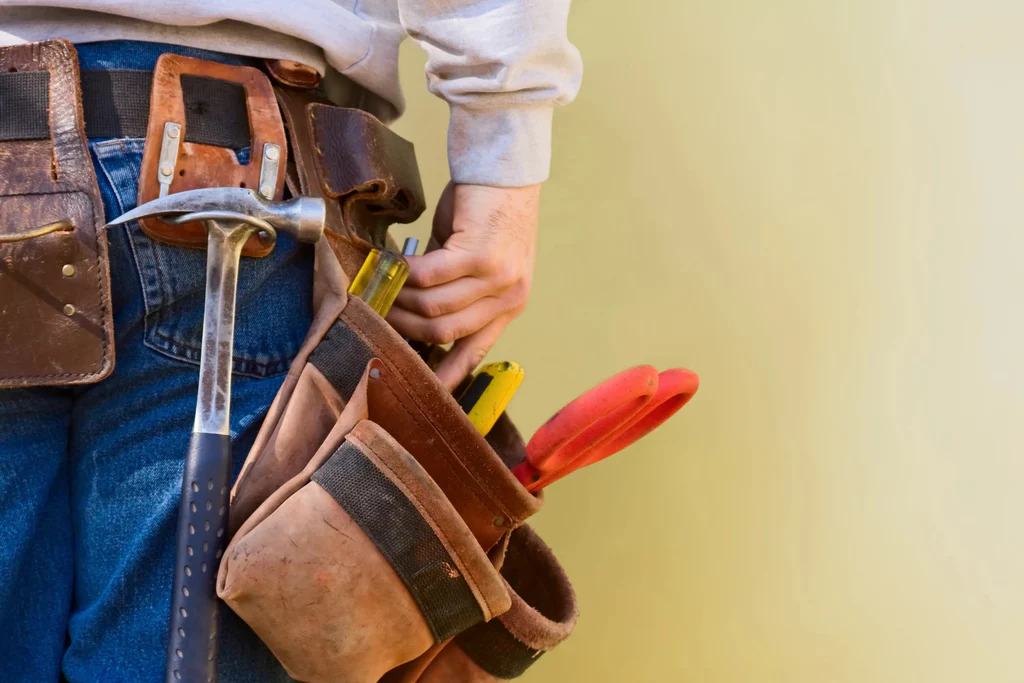When it is time to upgrade or renovate your house, the line between calling a contractor and picking up the hammer yourself is thinner and thinner. More and more homeowners are embarking on do-it-yourself structural jobs—not just painting walls or building shelves, but tearing down walls, adding partitions, or even constructing outdoor decks. In fact, a 2023 survey showed that over 55% of homeowners completed a major DIY home improvement project in the previous year, with nearly a quarter of them being structural modifications.
Still, diving into these deeper waters of home improvement requires more than enthusiasm—it requires a chosen set of tools, a solid understanding of structural principles, and above all, a good plan.
Why Structural DIY Is On the Rise
Financial limitations, increasing access to information on education, and cultural focus on autonomy are driving the phenomenon of high-end DIY. Financial for some; for others, the satisfaction of making something permanent with one’s own hands. Whatever the impulse, more is at stake as the task goes beyond aesthetics into the realms of function and security.
While cosmetic DIY doesn’t impact the integrity of your home, structural modifications do. A poorly constructed framed partition wall can sag. A misaligned deck can fail to drain properly and degrade quickly. That is why it is important to spend money on the right tools—and when and how to use them.
Core Tools for Serious Home DIYers
If you’re ready to take on significant home improvements, here’s a breakdown of essential tools that should be in your arsenal.
1. Rotary Hammer or SDS Drill
You can’t get by with standard drills when you’re cutting into concrete or masonry. A rotary hammer, or SDS drill, enables you to drill holes into hard materials with minimal effort. For anchoring framing into a foundation wall or fastening bolts to an outdoor concrete slab, this is an essential on any structure project.
2. Laser Level
For layout accuracy, a laser level is better than anything else. When you’re framing an entire new wall or positioning heavy structural members, being square and plumb is absolutely paramount. Small work can be managed with old-fashioned bubble levels, but when you must have level continuity over greater distances, a laser level is your best choice.
3. Circular Saw with a Guide Rail
Whereas a simple circular saw will do for most DIYers, a circular saw with a guide rail takes your cuts to a professional level. Clean, straight cuts are critical for framing, subflooring, or decking. Small inaccuracies can lead to bigger problems later on, especially in load-bearing applications.
4. Stud Finder and Wall Scanner
Before any wall removal or wall modification, knowing what’s behind your drywall can prevent you from disasters. Stud finders these days are high-tech devices that also detect electrical wires, pipes, and rebar. For the wise DIYer, this is as much a safety tool as a planning tool.
5. Blueprint Maker
No DIY project succeeds without a blueprint. And where your DIY project is concerned with structural changes, precision in planning becomes a foregone conclusion. This is where a blueprint maker is handy. These drawing aids allow you to sketch out room dimensions, beam placement, and framing layouts before you even pick up your first tool. For other experienced do-it-yourselfers, incorporating a blueprint maker into the lineup changes everything—it makes it easy to visualize loads, design material needs, and avoid mid-stream changes. Digital or analog, possessing one acts to bridge the gap between amateur guesswork and business planning.
Safety Gear: Don’t Skip It
Structural work increases your exposure to potential risks. Always equip yourself with:
– Hearing protection when using power tools like saws or hammer drills
– Protective eyewear for flying debris
– Work gloves that provide grip and reduce cuts
– Dust masks or respirators, especially when cutting treated wood or drilling into old walls
– Steel-toe boots, especially for heavy-material or outdoor-site jobs
Safety is not an add-on—it’s a part of your kit.
Understanding the Limits: Knowing When to Call for Assistance
As empowering as this article has been, it is just as essential to know your limits. Your home can be impacted by structural work regarding its safety. Any work done that involves:
– Load-bearing walls
– Rewiring electric systems
– Redirecting plumbing systems
– Alterations to your roof
.at least a consultation with a licensed professional. Remember, it’s not just to build but to build safely.
Material Considerations: Choose Wisely
The success of a structural DIY project also depends a great deal on material choice. Errors made include choosing the wrong type of wood (e.g., non-treated wood), e.g., when using it outdoors, or underestimating the weight that the fasteners will need to bear.
Some general guidelines:
– Use pressure-treated wood where it will be exposed to outdoor or wet conditions.
– Choose structural-grade screws, lag screws, or structural nails over standard screws.
– Choose galvanized or stainless steel hardware to prevent corrosion.
– In the use of concrete, observe mix types—quick-set mixes differ from high-strength mixes in setting time and strength.
Planning Is Half the Build
Most botched do-it-yourself attempts share a common denominator: poor planning. A successful structure project needs proper measuring, savvy sequencing, and having a plan B ready to go. Begin with this to-do list:
– Measure three times, cut once
– Develop everything and equipment prior to doing work
– Take lots of time—rushing engenders risk
– Make contingencies for error and have standby material
– Dry assemble in mock sessions if possible
Creating a scaled drawing with your plan creator prior to taking any physical actions isn’t excessive—it’s prudent practice. It aids in identifying inconsistencies, realizing load paths, and keeping your timeline in perspective.
Long-Term Advantages of DIY Structural Work
When properly performed, DIY structural work can reward you over the long term:
– Equity boost: Additions and renovations that provide functional square footage typically realize returns of over 60–70% of the initial investment.
– Resilience: You know your home’s history because you wrote it.
– Customization: No longer settling for off-the-shelf solutions—you design what fits your vision.
– Skill building: Each project enhances your confidence and skill for future upgrades.
In short, you’re not just improving your home—you’re developing your capability.
Final Thoughts
Taking on structural DIY projects is not just a question of fixing or improving your house. It’s a process of change—transformation from consumer to creator, thought to deed. The curve is steep, but with the right tools, planning, and mindset, it’s just as climbable.
Start with a plan, equip yourself right, and go slow. From hanging a fresh interior wall, building a garden shed, or supporting your attic floor, these projects give back to you in something tangible.
And remember this: the blueprint creator is greater than an assortment of design software—it’s your behind-the-scenes assistant, drafting your ideas into formal fact, line by line.











